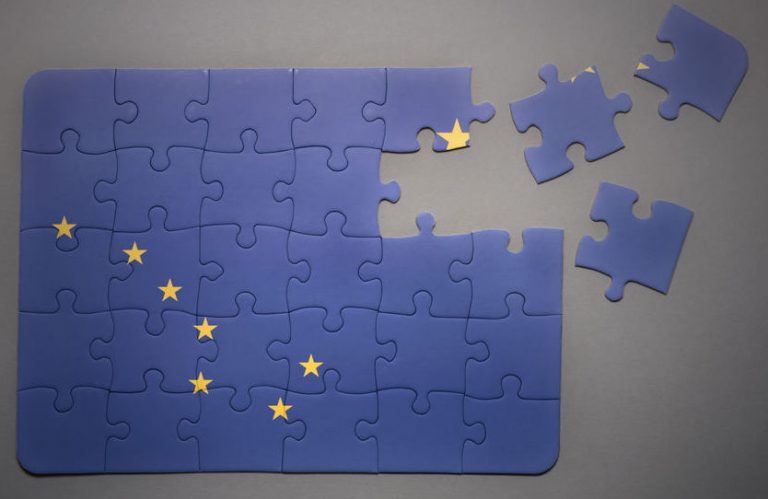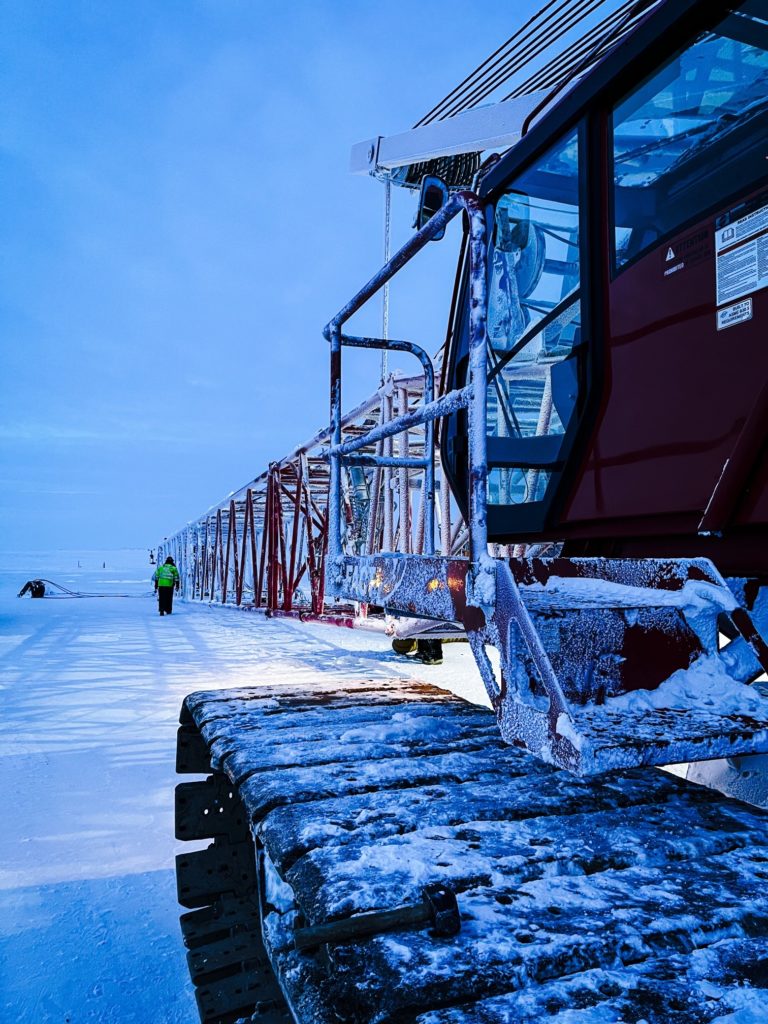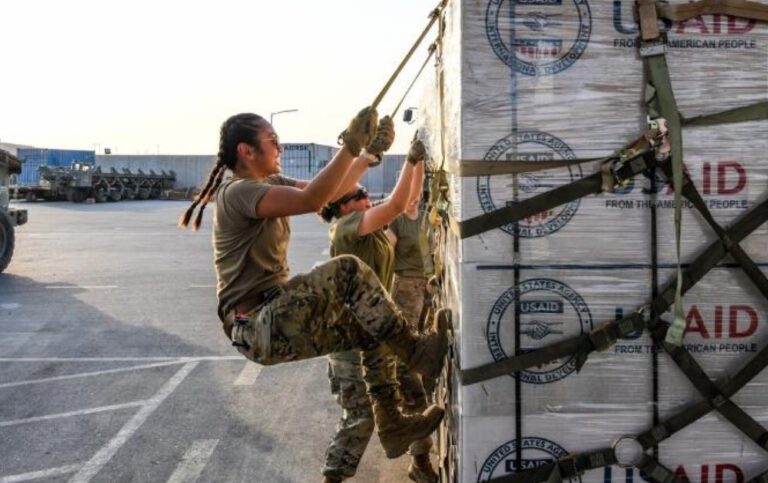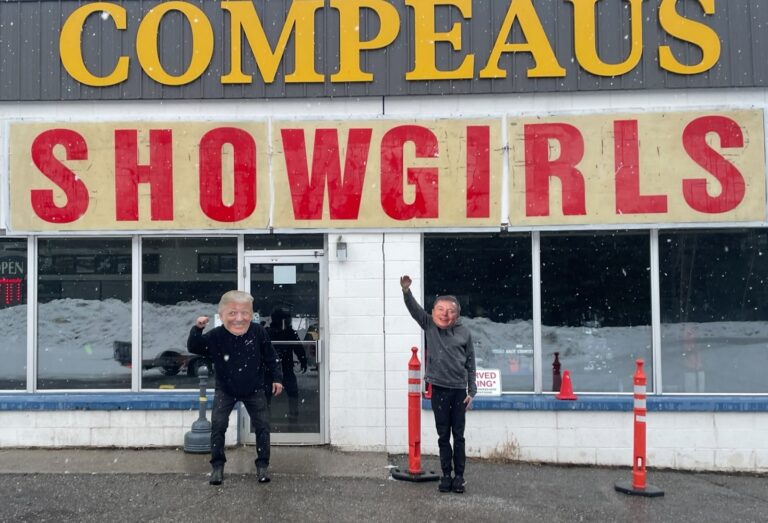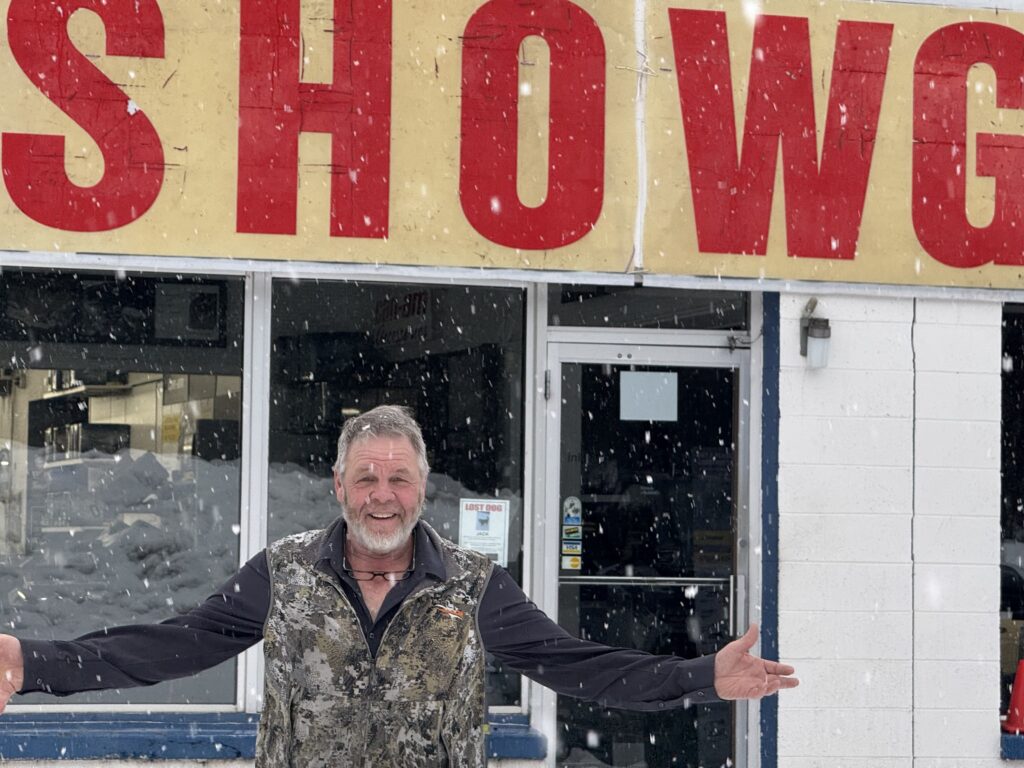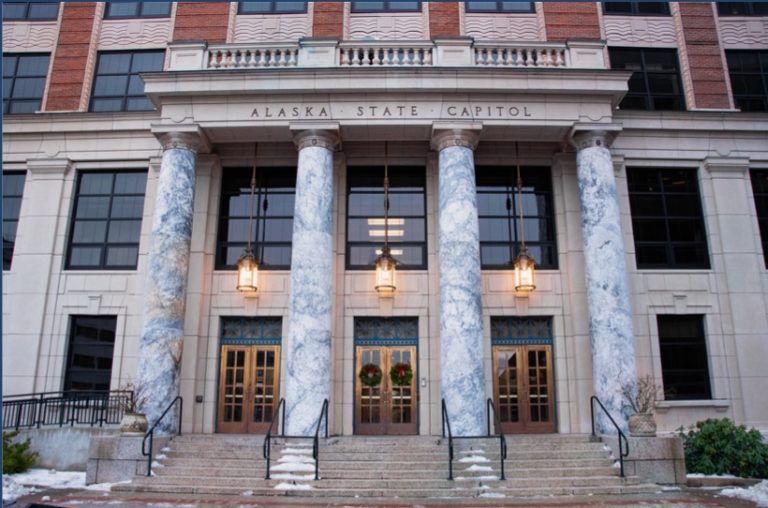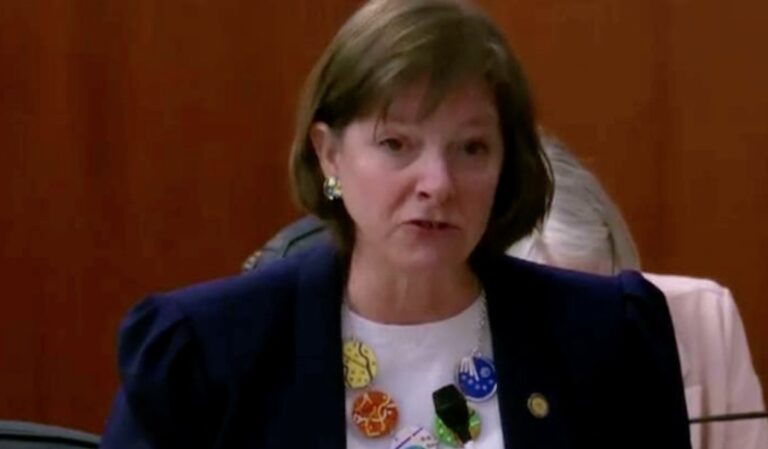By PAUL FUHS
Like the turn of the seasons, we can regularly count on seeing opinion pieces expounding the wisdom of “moving beyond our extractive industries and making a transition to an alternative economy.”
Somehow, this alternative economy is never fully described, although presented in the most sincere and heartfelt, aspirational manner. How real is this goal and what would we compare it to?
When I was Commissioner of Commerce and Economic Development in the early 1990s for Gov. Wally Hickel, I commissioned an input/output model of Alaska’s economy to determine the structure of what really drives our economy.
Such a study entails an analysis of how new money comes into the state annually as personal income. This incoming money is what then drives the service economy. Without this initial input, there would be no service economy, except for those that export services that bring the money back to Alaska such as our Alaska Native Corporation 8(a) operations.
A related study included how many times that incoming money circulates throughout the economy, known as the multiplier effect, and how quickly it leaves, known as leakage.
We have quite a bit of data on the number of jobs per industry that are often cited, but that employmment data does not represent a proportionate percent of annual income. For instance, an industry may have a lot of workers, but their pay level could be low, and they could be seasonal workers who do not live in Alaska and take their wages home with them when they leave.
By comparison, the average wage for a year round miner in Alaska is $116,000 and the multiplier effect for that industry is 3 times turnover. Other industries had a much lower multiplier as low as 1.1.
So, the most important figure to understand our economy, and to guide our economic strategy, is the incoming money which drives the whole rest of the economic system.
At that time in 1991, here was the breakdown:
- 37% oil and gas, including development, taxes, and Permanent Fund revenues funded by oil
- 13% fish, timber, mining, and tourism combined
- 29% federal money, military and civilian
- 20% income provided to retirees
- 1% entrepôt (transportation services like Fed Ex, UPS, etc.)
As an important note, the contribution of retirees comes from the payments they receive from 401(k) funds, other retirement accounts and investments, social security payments, etc. Their substantial contribution to the economy, despite being larger than many other industries, is almost never recognized. That is wrong. We should honor our seniors and support them staying in Alaska.
In a subsequent input/output study in 2008, Scott Goldsmith of the University of Alaska Anchorage Institute of Social and Economic Research, found an almost exact income distribution outcome.
Since then, other studies have shown that our economic structure hasn’t changed. To protect our economy, it makes sense to actively support and grow our basic industries instead of intentionally abandoning them as some people are suggesting, while also supporting new opportunities.
So, what is the current state of our economy?
Oil and gas will continue to dominate, with several major productions coming online with billions of development investment. The oil revenue based Permanent Fund will continue to produce distributed earnings. And an increasingly likely and already permitted LNG export project would be a huge plus. But what of our other industries?
Fisheries, while being a major employer, are stuggling due to world market conditions. The industry, as a whole lost $1.8 billion last year. Fisheries can be supplemented by mariculture operations, but this is not enough to build an entire economy upon. Value added processing for higher value products, and more utilization of waste can provide some benefit, but it is recognized that this industry has a long way to go to respond to this crisis.
Mining is a bright spot for the economy, and with the support of the new administration, several major projects should be able to be brought online in the next few years. Markets are strong for Alaskan minerals, especially considering the mineral requirements of alternative energy vehicles and products.
Alaska’s timber industry, the stalwart industry of Southeast Alaska, has been decimated due to regulatory actions of consecutive presidential administrations such as the roadless rule. The new administration has indicated a more supportive direction to allow this renewable sector to provide what will be a substantial, but not overwhelming contribution to the economy.
Alaska’s tourism industry will continue to expand. More Alaskan ownership, local employment, and a focus on winter tourism will help expand the seasonal impact. We should welcome all visitors to Alaska, just as we would want to be welcomed when we go on vacation. And tourism must be presented as an industry that can coexist with the other industries, rather then being used as an excuse for why the other industries should be shut down.
One of the most immediate and effective things Alaska can do to support a resilient economy is the training of our own students and workers to take the jobs required by these industries. If Alaskans are not qualified, these industries have no other option than to hire outside workers.
The uncertainties around federal funding are concerning, but still not completely known. If federal funds to Alaska are cut to reduce the US deficit, we will have to rely even more on our basic industries.
In Alaska, we have addressed some of the leakage problems by expanded provision of services such as health care, but we have lost ground in retail due to internet purchases. On balance, we produce almost none of the goods we regularly consume, and we remain an export based economy. A manufacturing sector would be welcome, but high energy prices, wages, regulations, and logistics have always worked against this Asian country model in Alaska.
All told, Alaska’s Gross Domestic Product is $54 billion in 2023. So, what is going to drive the alternative economy? Those proposing some mythical transition need to provide the details for what can bring new money into the economy. I will be glad to see it. Even if new ideas can provide a limited contribution, they will be welcome, but they will not replace the solid basis that our resource production industries represent, which ultimately drives our service industries.
To be realistic, we need to understand these economic dimensions, and they need to be a part of our education system, so that our children, and theirs, will be ready to embrace and be part of an economy that can provide them a living. Our seniors will be glad to have their grandchildren around.
Paul Fuhs is former Mayor of Unalaska, Former Commissioner of Commerce and Economic Development, and Chairman of the board of AIDEA, the Alaska Energy Authority and the State Bond Bank.
